We all know the aphorism, “An apple a day keeps the doctor away.” But the point is, ‘are those apples nutritious?’ Are the fruits and veggies we eat that nutritious as they used to be a few decades ago? Or have these fruits and veggies become less nutritious? Let’s find out.
Reason Why Fruits And Veggies Become Less Nutritious

The nutrient load in the fruits and veggies depends on the soil health (sum of biological, physical, and chemical properties to supply nutrients, water, and oxygen for healthy plant growth), the quality of plant or seed used, the weather and climatic factors, the use of organic or synthetic fertilizers, agricultural practices (modern/traditional).
Over time, to meet the excessive demands of the growing population, the use of modern intensive farming methods, extensive use of synthetic fertilizers, pesticides or herbicides, and rapidly growing high yielding plants/seeds have ravaged the fruits and vegetables from its nutrition richness.
Evidence shows that there is remarkable variation in the macro and micro-nutrient contents of the food. Like in ripe tomato, there is a 66 – 73% decrease in the thiamine, iron, and zinc, whereas the protein content of snake gourd has increased by 78%. But snake gourd is not consumed as a source of proteins, so this increase may not be beneficial to meet our body’s requirement. It concludes that there is a decline in the nutrient content of fruits and vegetables. And it may be on an alarming rise.
8 Possible Solutions To Overcome This Problem
1. Eat More Fruits And Vegetables
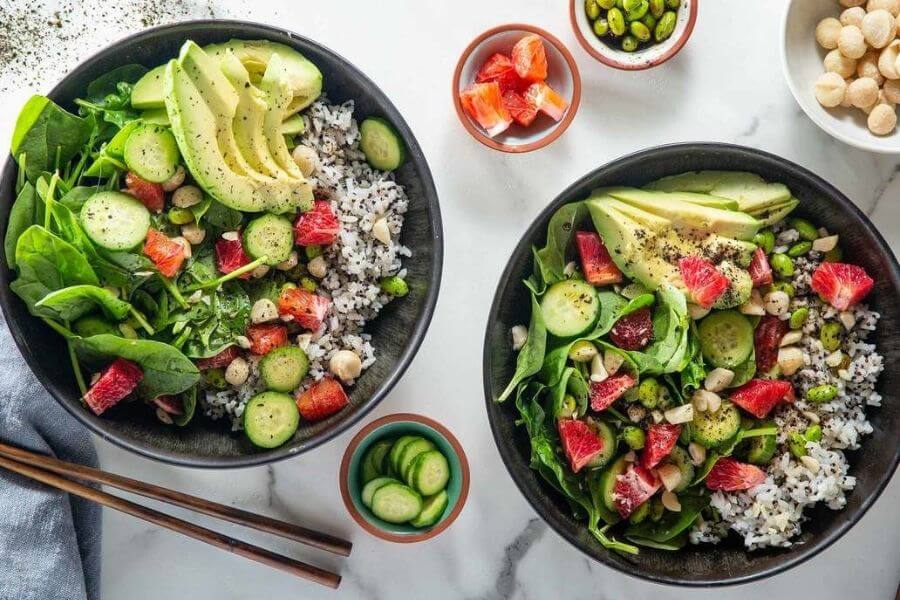
We need to increase the number of fruits and vegetables in our diet. WHO recommends five servings (with an average serving size of 80 g each) of fruits and vegetables. Many healthy vegetables and fruits are a good source of nutrients that benefits your body.
2. Go ORGANIC
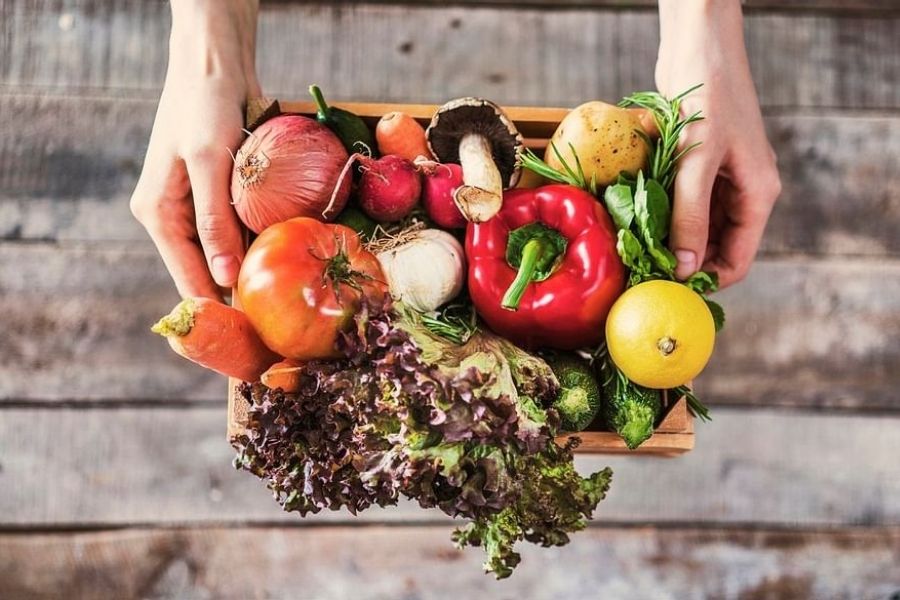
Organic farming includes traditional methods of agriculture, which focus on quality soil and corps rather than the large quantity production. It keeps the nutrition of the fruits and vegetables to its maximum.
3. Look For Bio-fortified Foods
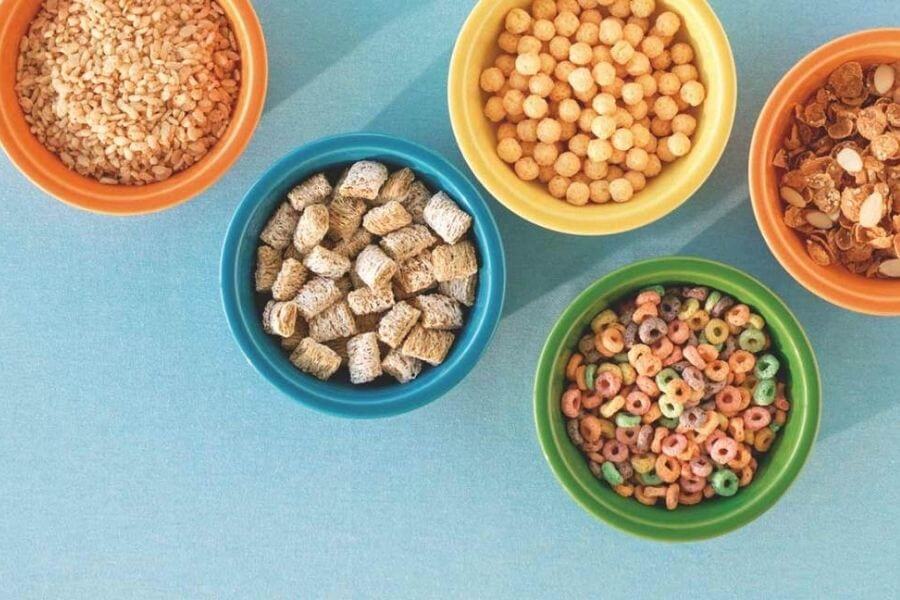
These are the crops that are grown by conventional selective breeding or through genetic engineering. It increases the nutritional value of the food while growing. It also helps in tackling the deficiency of micronutrients in the body.
4. Eat Seasonal Fruits And Vegetables
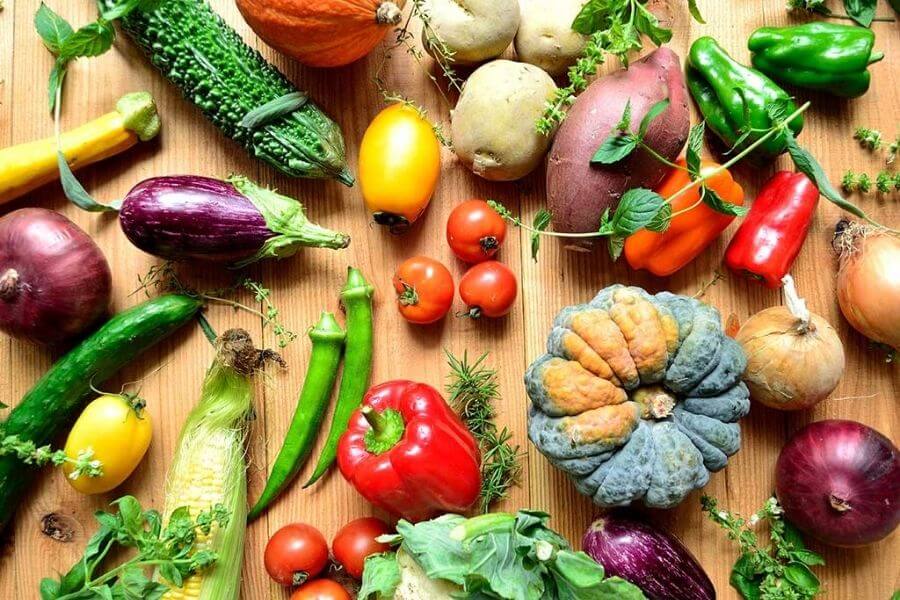
Seasonal foods grow at a particular time of the year, which means they are grown in favorable climatic conditions and harvested when they are fully ripe with their highest nutrient content. Also, they are available in surplus quantity, which means we can get them at affordable rates.
5. Go For Locally Grown

Locally grown fruits and vegetables travel less to reach your home. Also, these fruits and vegetables available in this local farmer’s market are freshly harvested. They allow the ripening of fruits and vegetables naturally. It is a healthier option and helps reduce nutrient loss.
6. Looks Don’t Matter
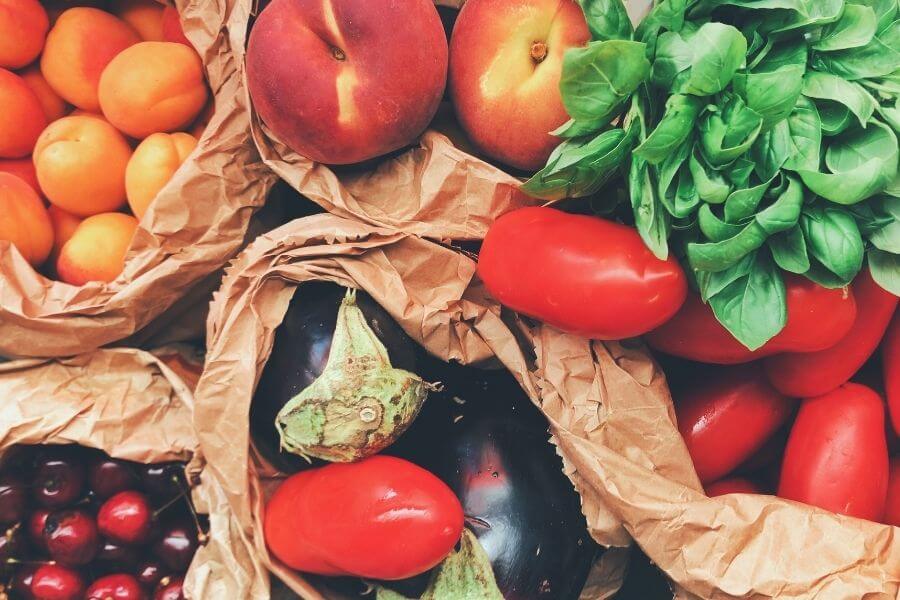
Larger, glossier, pretty looking fruits and vegetables are not always healthy. They are the conventionally grown food that focuses on appearance and the profit price value. Generally, they tend to be low on the nutrition front. However, traditionally grown foods can be less glossy, asymmetrical, but high in the nutrients.
7. Explore The ‘WILD VEGETABLES’

These are the seasonal vegetables that grow naturally in the forest. They are mostly available in abundance during the rainy season. These vegetables are loaded with nutrients and antioxidants and pose many health benefits.
8. Grow And Develop Your Own ‘KITCHEN GARDEN’

The best way to ensure nutrients and quality of fruits and vegetables is to grow your own. One gets to consume fresh produce, which is organic and chemical-free. These also save some amount from your monthly groceries, and gardening is one of the stress busters.
Important Points To Consider
- The use of proper cooking methods prevents nutrient loss.
- Try to include a variety of colors of fruits and vegetables in the diet.
- Do not store the fruits and vegetables for long (more than one week).
- Try to consume the whole fruits without peeling them.
Read Also: Low Sodium Salt Substitutes: Are They Healthy Enough?







